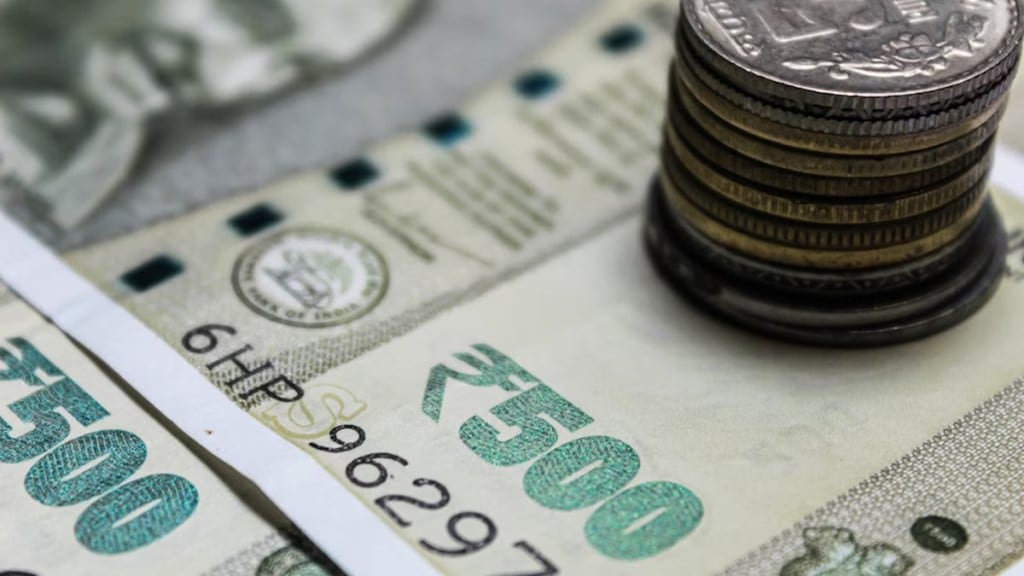The loss of pace of government capital expenditure after the post-pandemic vibrancy was inevitable. Though the immediate reason for the deceleration was an urgent need to rein in the fiscal deficit, it also marked the limitation of public capex as a long-term growth driver. Unless the overall investment rate, mostly a function of household savings, private-sector capex, and net capital inflows, is high, the growth levers will falter, and the much-desired sustained high rate of expansion of the economy will become impossible. Private consumption is the largest expenditure component of India’s gross domestic product (GDP), but it is difficult to maintain its strength over longer terms, without solid support from gross fixed capital formation (GFCF).
At current prices, GFCF as a share of GDP declined to 29.9% in FY25, a three-year low. This is a far cry from the peak of 34.3% achieved in FY12 or similar levels seen in the high-growth years of FY06-FY08. At constant (2011-12) prices, the GFCF in the last financial year was 33.7%, while the last time it was above 34% was in FY13, and the peak was the 36.7% of FY08.
Even in FY22, the year that saw furious pump-priming of the economy, the GFCF at constant prices was just 33.4%. Compare this with the fact that China has maintained 40%-plus GFCF even in recent years, though it was off the 45% peak witnessed in 2013. For China, the ratio has consistently been higher than 35% since 2002. Another worrying fact is that the share of productive assets such as machinery in India’s GFCF has fallen steadily in recent years, while that of dwellings increased. This implies a lower multiplier effect of GFCF in the economy, than it usually produces.
In a recent statement, chief economic advisor (CEA) V Anantha Nageswaran reiterated that India’s economic growth in FY26 is expected to be between 6.3% and 6.8%, “driven by private consumption, a rural rebound, and resilient services exports”. The broad-range forecast, amidst heightened global uncertainties, includes the prospect of a further slowdown from a four-year-low expansion of 6.5% registered n FY25. The CEA, however, observed that the economy could achieve a growth rate at the upper end of the projected band, “provided there are continued measures to promote FDI and an increase in private capital investment…” Clearly, a higher investment rate is the necessary imperative for the economy to rebound amid the external shocks.
A debilitation of the economy’s productive capacity is evident from the high incremental capital output ratio (ICOR). As against a healthy level of 3.6-3.9 in the FY06-FY08 period, the ICOR in recent years has been around 5. Household savings, despite an improvement in FY25, continue to be at a low ebb. Indeed, a growing financialisation of household assets holds promise. Foreign direct investment (FDI) inflows in recent years have been below potential, and accompanied a surge in outbound investments in FY25. That India is still the largest FDI destination in South Asia is little solace, as other members of the region are hardly its peers.
While the country is trying to surmount the problems posed by the collapse of the rule-based multilateral trade order with a slew of bilateral trade pacts with the developed world, consolidation of net gains from foreign trade would require its manufacturing industries also to thrive. Productivity-enhancing reforms can’t be delayed any longer, including an overhaul of the goods and services tax to create the “output effect” it is capable of.

